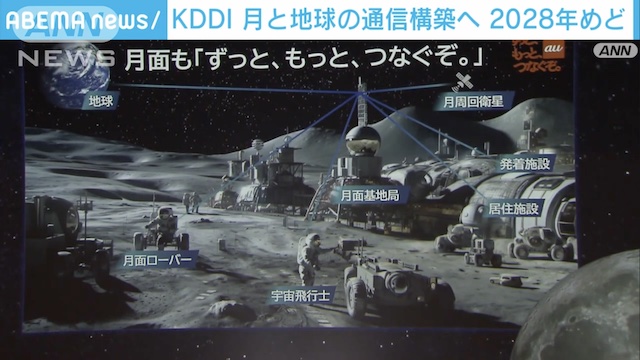TOKYO, May 31 (News On Japan) - As the space-related business sector rapidly expands, Japan's second largest telecommunications company, KDDI, has announced plans to enable mobile communication on the moon.

Hiroji Matsuda, Executive Vice President at KDDI, stated, 'The moon has become a very hot topic worldwide, and in the future, we aim to develop a 5G or communication environment on the lunar surface.'
KDDI, which has announced its full-scale entry into the space business, plans to establish communication between the moon and Earth by 2028 to promote the development of the space business and accelerate research and development in space.
Additionally, by 2030, KDDI intends to install base stations on the lunar surface, enabling a faster communication environment to remotely operate exploration vehicles and easily send and receive data obtained from the moon.
Simultaneously, KDDI plans to actively support startups engaged in space business, aiming to explore business opportunities beyond telecommunications.
The space market is expected to reach approximately 150 trillion yen by 2040.
Source: ANN















